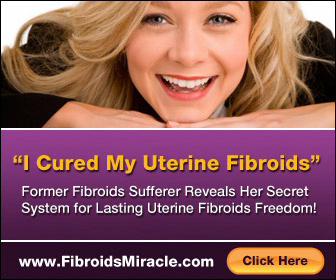A lot of women suffer from endometriosis, adenomyosis, and uterine fibroids, three conditions that are different but have many symptoms in common.
What are the Main Differences between Endometriosis, Adenomyosis and Uterine Fibroids?
These three conditions are characterized by abnormal tissue growths.
The endometrium is the lining found inside the uterus. When you have your menses, the body sheds the endometrium.
Sometimes, the endometrium spreads to areas within or outside the uterus, causing two different conditions called adenomyosis and endometriosis.
These conditions have some symptoms in common. However, they affect different areas in the body. They also call for different treatments.
Endometriosis
When you have endometriosis, your endometrium spreads outside the womb or uterus. It infringes on your bladder, fallopian tubes, ovaries, large intestine, and other organs adjacent to the uterus.
Even as the endometrium grows where it shouldn’t, it still functions as usual. It becomes thicker as you get closer to your monthly cycle and eventually bleeds as your hormones point out that you are not with child. This is when problems arise.
The affected tissues outside the uterus tend to become inflamed and irritated. They may even become scarred.
Symptoms of endometriosis may include the following:
- Abdominal pain, particularly during your period
- Pain across your leg or your back
- Pain or discomfort during or after sexual intercourse
- Painful or heavier menstrual bleeding
- Fatigue
- Vomiting
- Nausea
- Pain while peeing or pooping
Adenomyosis
On the other hand, when you have adenomyosis, the endometrium does not go outside the uterus. It infringes on the uterus itself, growing deep into its muscle wall and thickening it. Adenomyosis is also referred to as internal endometriosis.
When you have adenomyosis, the inside of your uterus or womb gets bigger and thicker. You don’t usually experience this with endometriosis.
Because of the enlarged uterus, you will notice the following symptoms:
- Pressure on the rectum and bladder
- The uterine muscles contract or tighten in a different way
- Painful and heavy menses
Uterine Fibroids
When you have uterine fibroids, you experience benign or non-malignant growths either within or on the walls of your uterus.
These growths are called myomas or leiomyomas (pronounced as lie-o-my-O-muhs). They are not associated with uterine cancer and are unlikely to develop into cancer. They usually affect women during their child-bearing years.
Fibroids come in different sizes. As seedlings, they are often miniscule in size and can hardly be seen by the naked eye. They can also grow so big that they expand and disfigure the uterus.
A woman can have single or multiple fibroids. In extraordinary cases, multiple fibroids can be so heavy that they can significantly increase a woman’s weight. They can also grow so big that they cause the uterus to reach the rib cage.
Most women who have uterine fibroids usually have no symptoms at all. In fact, many of them go through life not knowing that they have the condition unless a doctor discovers the growths during a prenatal ultrasound or a pelvic exam.
In other cases, some symptoms may show. These symptoms usually depend on the number, size, and location of the growths.
Common symptoms associated with fibroids include the following:
- Heavy menses
- Extended menstrual periods lasting over a week
- Trouble with emptying the bladder
- Frequent urination
- Constipation
- Leg pains
- Backache
Adenomyosis, endometriosis, and uterine fibroids share common symptoms, including heavy or excessive menstrual bleeding. If you have any of these conditions, you tend to lose a great deal of iron. This may cause anemia. It is not unusual for a doctor to prescribe iron supplements as part of the treatment for any of the three conditions.
Although the three conditions have many symptoms in common, each condition requires a different kind of treatment. It is, thus, important to have the condition diagnosed correctly so that you get the right treatment.


